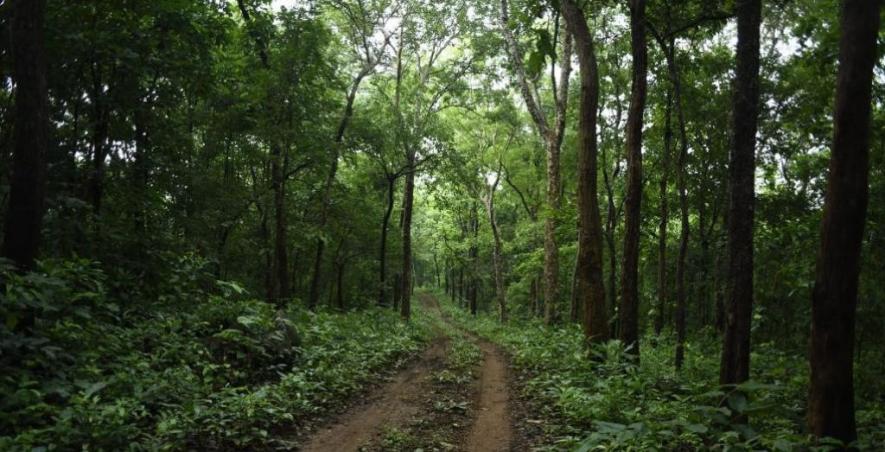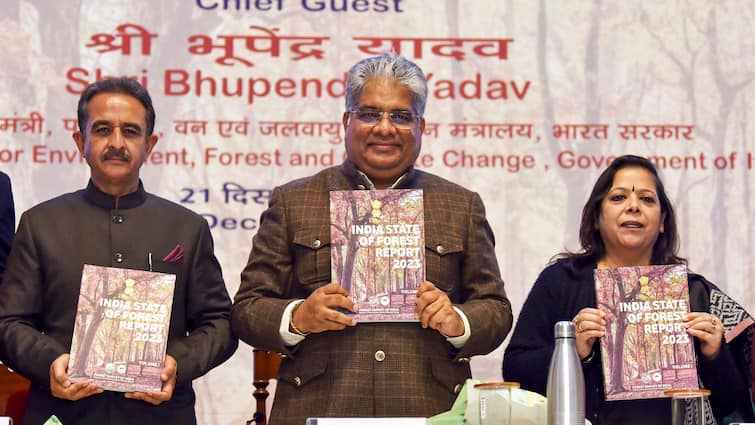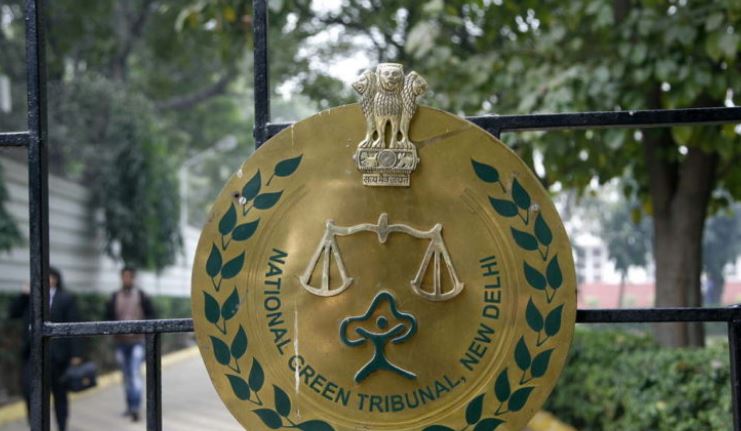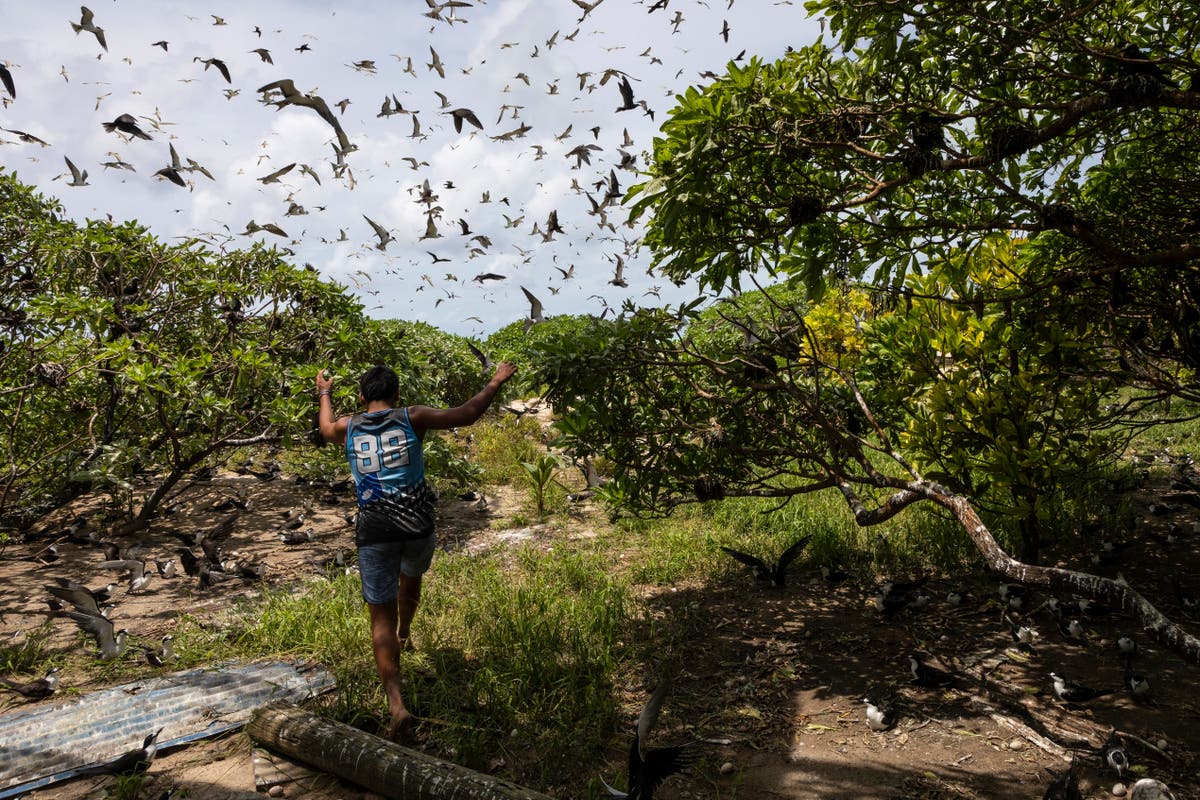India’s biodiversity-rich zones also ‘hotspots’ of human impacts
The HinduHuman impacts on species occur across 84% of the earth’s surface, finds a study published on March 13 in PLOS Biology, an international journal dedicated to biological science. Southeast Asian tropical forests — including India’s biodiversity-rich Western Ghats, Himalaya and the north-east — also fall in this category; India ranks 16th in such human impacts, with 35 species impacted on average. Southeast Asian tropical forests — including those in India’s Western Ghats, Himalaya and north-east — are among the ‘hotspots’ of threatened species. With India having the world’s second largest road network, we really need to plan for development that keeps wildlife conservation as a primary goal in biodiversity-rich areas, agreed wildlife biologist Sanjay Gubbi.
History of this topic
Here's a look at 6 biodiversity hotspots of India
The HinduDiscover Related














































